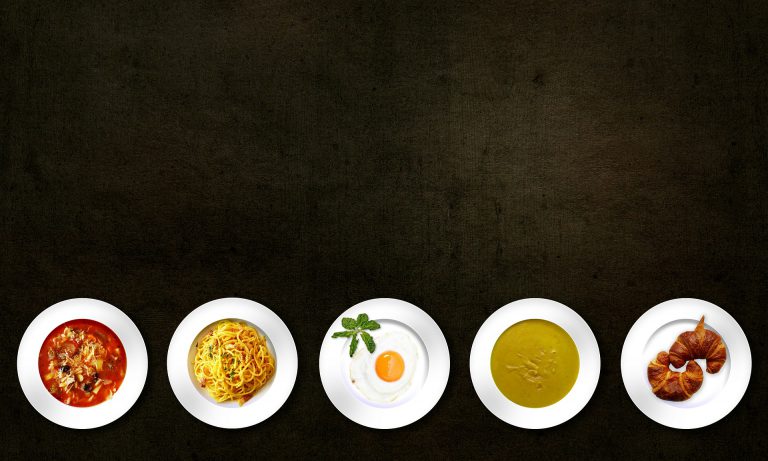How to Count Carbs For Type 1 Diabetics
Carbohydrate counting, or “carb counting,” is a form of meal planning that helps many people living with Type 1 diabetes to manage their food intake and blood sugar. It involves counting the number of carb grams in a meal and matching that to the insulin dose to regulate the blood sugar. Consuming an excess of certain foods might result in persistent high blood sugar that can lead to severe complications, such as nerve damage, vision and hearing loss and cardiovascular disease.
Healthy carbohydrates, such as whole grains, fruits, and vegetables, are an important part of a healthy eating plan because they provide energy, nutrients and fiber. Unhealthy carbohydrates are food and drinks with added sugars. They provide energy but have little to no nutrients.
Carb counting can help to control the blood glucose (or blood sugar) levels as carbohydrates affect the blood glucose more than other nutrients. To count carbs, you’ll need to estimate the number of grams of carbohydrate in the foods you eat, add them up at each meal (and snack), to get your total for the day. The key step in carb counting is identifying which foods contain carbohydrates and how rapidly these carbohydrates will boost blood sugar levels. You can use a system called the Glycemic Index (GI) to calculate this. Every food has a GI, with higher scores demonstrating a food’s rapid effect on blood sugar. Consuming low-GI foods can lead to a slower, more controllable increase in blood glucose levels.
Doctors and dietitians can help people with diabetes work out how many carbohydrates they should consume each day and suggest meal plans to help them maintain a healthful, nutritional balance. Previously, these and other professionals suggested a typical range of carbohydrates that was a fit-all solution for everyone with diabetes. Now, they work with individuals on a one-to-one basis to calculate the ideal daily caloric intake and carbohydrate percentages and servings each person needs. These amounts will vary according to a range of factors, including the person’s weight, height, activity levels, and whether they are taking medications.
Some children and teens dealing with diabetes can use options in meal planning, which the University of Iowa has developed. Using an insulin-to-carb ratio is a way to get the right amount of insulin for the carbohydrate you eat, if you are not sticking to a carbohydrate pattern. Then you can eat different amounts of carbohydrate at each meal.
Using the insulin-to-carb ratio means you will take 1 unit of insulin for a certain amount of carbohydrate. This requires accuracy, practice, planning, and a bit of math. It’s best used when you:
- Don’t like some foods served with a meal
- Are eating a meal with a lot of carbohydrate
- Are eating a low carbohydrate meal
- Need or want a larger snack
The Iowa University children’s hospital notes that taking insulin after eating will always result in a high blood sugar a few hours later and that taking insulin before eating and then not eating all of the planned carbohydrate will result in a low blood sugar when the rapid-acting insulin peaks.
Being aware of the amount of carbs in food and drinks is important for everyone with diabetes, but carb counting is really helpful if you use basal and bolus insulin.









